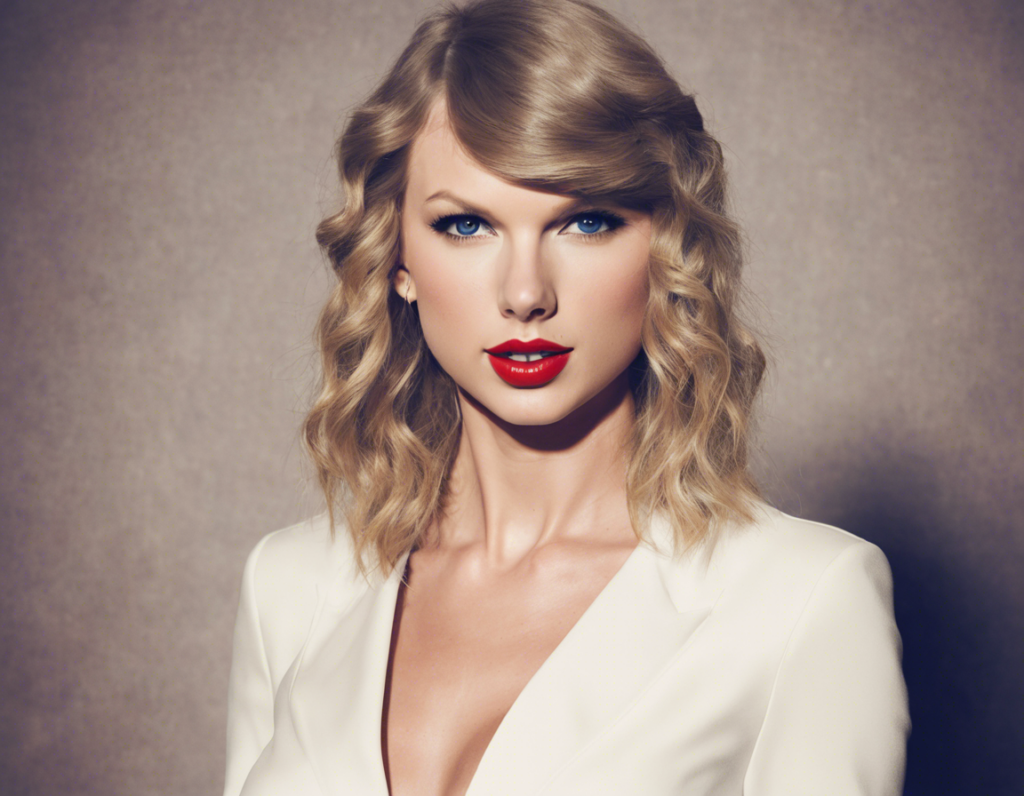
Introduction
In recent years, the use of Artificial Intelligence (AI) has become increasingly prominent across various industries. From healthcare to marketing, AI has proven to be a powerful tool for innovation and efficiency. One prominent example of AI in the creative realm is the generation of synthetic media, such as images and videos. In particular, the recent release of AI-generated photos of popular singer Taylor Swift has sparked discussions about the implications of this technology on privacy, authenticity, and artistic expression.
AI-Generated Photos and Taylor Swift
The AI-generated photos of Taylor Swift have been created using a type of neural network known as a Generative Adversarial Network (GAN). This technology allows for the synthesis of hyper-realistic images that can be indistinguishable from genuine photographs. In the case of Taylor Swift, these AI-generated images have been circulating online, leading to questions about the ethics of creating and sharing synthetic media of public figures without their consent.
Ethical Considerations
One of the primary concerns surrounding AI-generated photos of celebrities like Taylor Swift is the potential for misuse. These images could be manipulated and disseminated in ways that are harmful, deceptive, or defamatory. As such, it is essential for society to consider the ethical implications of creating and sharing synthetic media, especially when it involves public figures who may not have control over how their likeness is portrayed.
Implications for Privacy
The emergence of AI-generated photos raises significant privacy concerns for individuals, including celebrities like Taylor Swift. With the ability to create realistic images of someone without their knowledge or consent, there is a risk of privacy infringement and unauthorized use of likeness. In the case of public figures, this could lead to issues related to identity theft, false endorsements, or even harassment.
Authenticity vs. Artificiality
Another aspect to consider when analyzing AI-generated photos of Taylor Swift is the tension between authenticity and artificiality. While these images may look incredibly real, they are, in fact, computer-generated and lack the genuine human experience behind traditional photographs. This blurring of the lines between what is real and what is artificially generated challenges our perceptions of truth and authenticity in the digital age.
Impact on Artistic Expression
On the flip side, some argue that AI-generated images of celebrities like Taylor Swift can open up new possibilities for artistic expression. By harnessing the power of AI, artists and creators can explore innovative ways to manipulate and reinterpret visual content. This technology has the potential to push the boundaries of traditional art forms and ignite creativity in unprecedented ways.
Conclusion
In conclusion, the emergence of AI-generated photos of Taylor Swift and other public figures raises complex issues surrounding ethics, privacy, authenticity, and artistic expression. As technology continues to advance, it is crucial for society to engage in meaningful discussions about the implications of synthetic media and the responsible use of AI in creative endeavors. By navigating these challenges thoughtfully and ethically, we can harness the power of AI to inspire, innovate, and enrich our collective creative landscape.
FAQs
Q1: Are AI-generated photos legal?
A1: The legality of AI-generated photos varies depending on the jurisdiction and context. In some cases, creating and sharing synthetic media may infringe upon copyright, privacy, or defamation laws.
Q2: Can AI-generated images be used for commercial purposes?
A2: Using AI-generated images for commercial purposes can raise legal and ethical considerations, especially if the likeness of a public figure like Taylor Swift is involved without proper authorization.
Q3: How can individuals protect themselves from the misuse of AI-generated photos?
A3: To protect against the misuse of AI-generated photos, individuals can remain vigilant about their online presence, use privacy settings on social media, and consider watermarking or licensing their images.
Q4: What role does consent play in the creation of AI-generated photos?
A4: Obtaining consent is crucial when creating and sharing AI-generated photos, especially when it comes to using the likeness of private individuals or public figures like Taylor Swift.
Q5: Can AI-generated images be used for artistic purposes without infringing on rights?
A5: Using AI-generated images for artistic purposes can be permissible if done ethically and within the boundaries of intellectual property laws. Proper attribution and respect for individuals’ rights are essential in such cases.